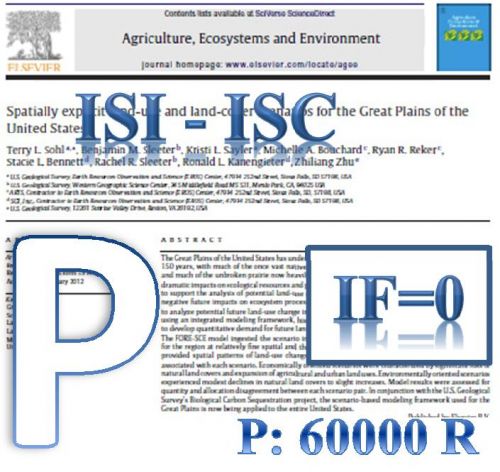Grandivitin (GRA), a natural coumarin, can inhibit Matrix metalloproteinase 9 (MMP9). Binding characteristics are therefore of interest for pharmacodynamics of GRA and coumarin derivatives. A combination of spectroscopic methods and molecular modeling techniques was used to characterize interaction of GRA with MMP9. Fluorescence spectroscopy showed that GRA could quench the MMP9 fluorescence spectra. Changes in the UV–Vis and FT-IR spectra were observed upon ligand binding along with a significant degree of tryptophan fluorescence quenching on complex formation. Fluorescence studies showed that GRA has an ability to quench the intrinsic fluorescence of MMP9. Molecular modeling analysis showed that GRA to be bound in the large hydrophobic cavity of MMP9. Further investigation of the binding site of GRA within the MMP9 molecule suggested that hydrophobic contacts, hydrogen bond formation and electrostatic interactions account for the binding of GRA. According molecular dynamics (MD) simulation results the ligand can interact with the protein, with affecting the secondary structure of MMP9 and with a modification of its tertiary structure. The biological significance of this work is evident because MMP9 serves as a potential target protein for anticancer agents. The binding study of GRA with MMP9 is of great importance in pharmacy, pharmacology and biochemistry. This work can provide some key data to clinical research and supply the theoretical basis for the new drug candidate designing.
کلید واژگان :Coumarin derivatives Matrix metalloproteinase, ligand-protein interaction
ارزش ریالی : 1200000 ریال
با پرداخت الکترونیک
